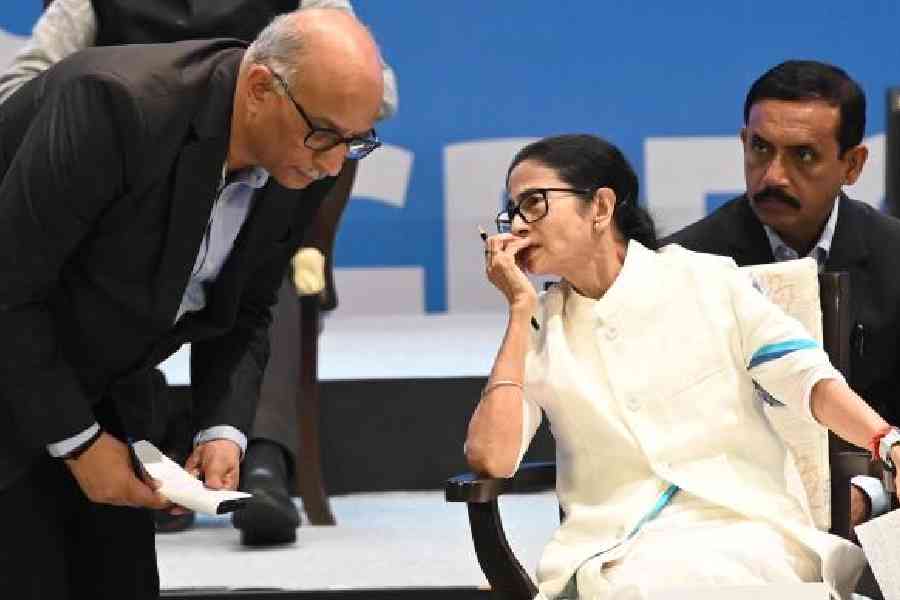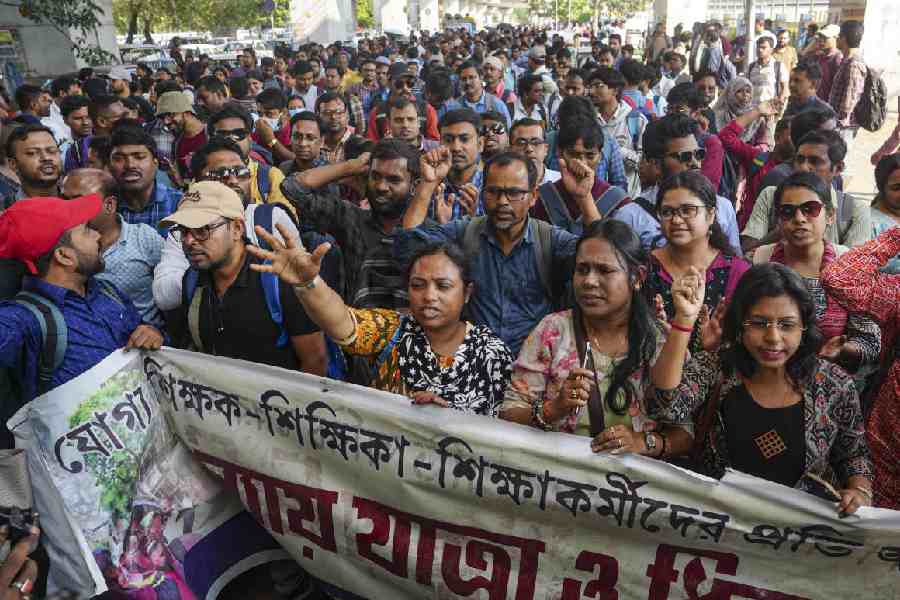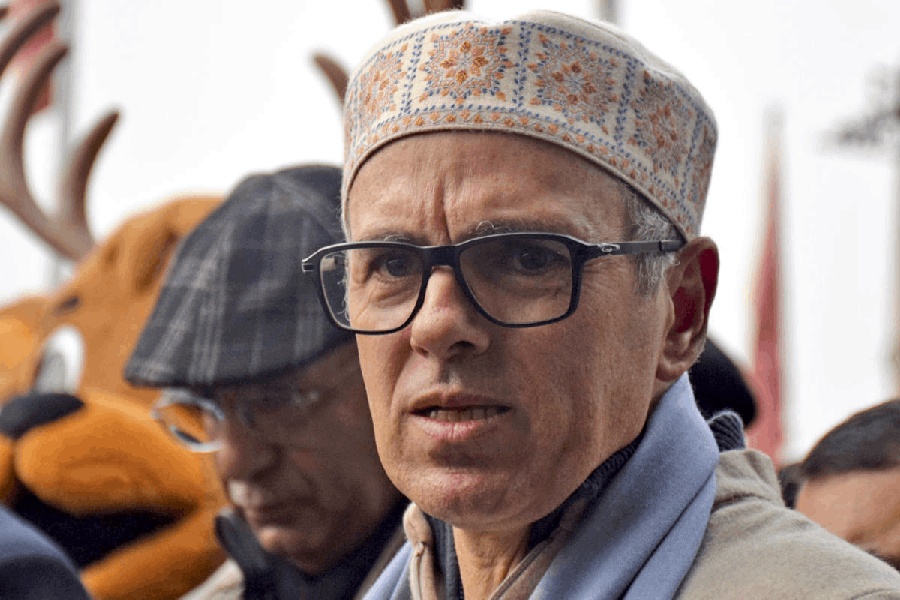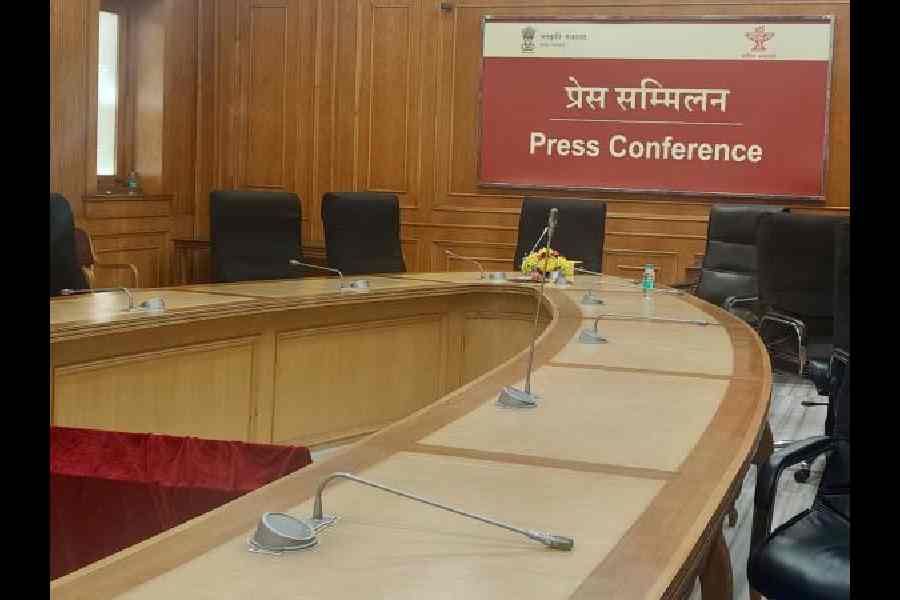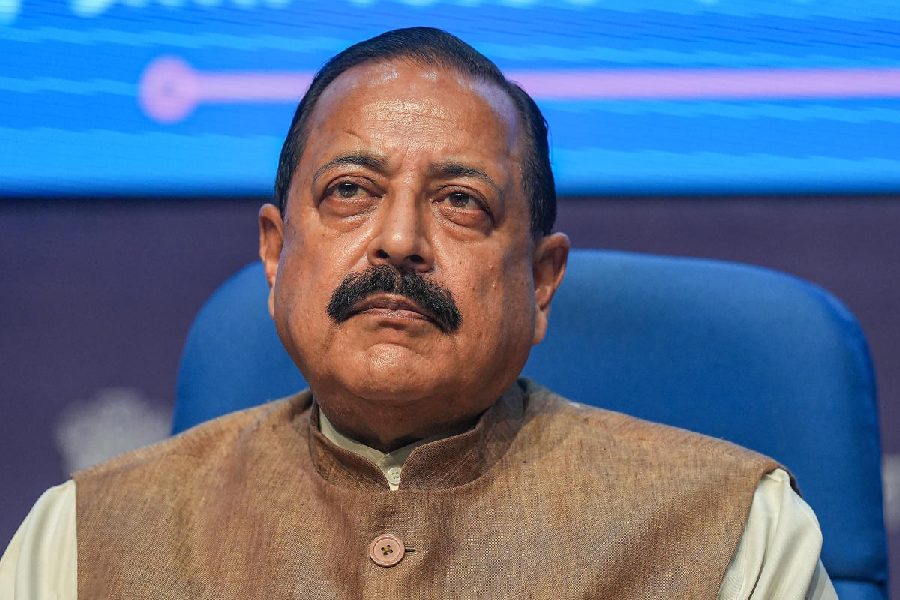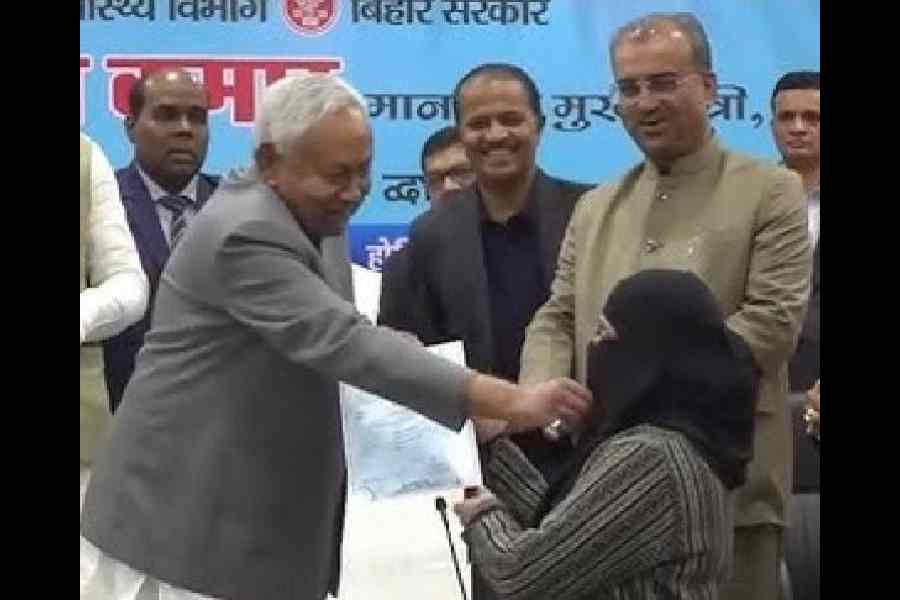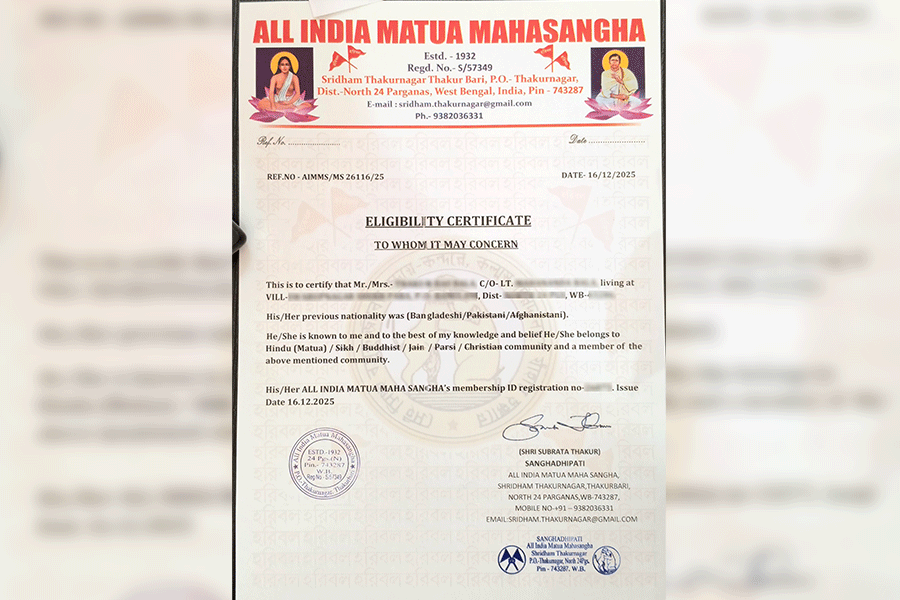.jpg) The anvil of a high-level official meeting between India and the United States of America is the worst time to be with any American official dealing with South Asia. It is especially so if a meeting is about to take place between India's prime minister and the US president. Five days before Narendra Modi meets Barack Obama in New York, history is repeating itself. Accommodating by nature, trained to deal with the media by the book and sticklers for protocol, American officials go into a tizzy of the worst kind when an Indian prime minister is about to visit their capital or when their president has to meet India's head of government on the sidelines of a multilateral summit: as in New York, next week.
The anvil of a high-level official meeting between India and the United States of America is the worst time to be with any American official dealing with South Asia. It is especially so if a meeting is about to take place between India's prime minister and the US president. Five days before Narendra Modi meets Barack Obama in New York, history is repeating itself. Accommodating by nature, trained to deal with the media by the book and sticklers for protocol, American officials go into a tizzy of the worst kind when an Indian prime minister is about to visit their capital or when their president has to meet India's head of government on the sidelines of a multilateral summit: as in New York, next week.India's political leadership has compulsions to demonstrate back home each time that their leader's meeting with the US president has been a great success, nothing short of historic and that it has produced results. On their side, Americans are under no such compulsion. On Raisina Hill - the seat of power in the national capital - this obsession is a hangover from the heady days of Indo-Soviet bonhomie. The success of Indira Gandhi's summits with Leonid Brezhnev, general secretary of the Communist Party of the Soviet Union, were invariably measured by the number of agreements the two sides inked during meetings between the two leaders.
In India's engagement of the Americans, it is not so much agreements or memoranda of understanding that New Delhi is keen to generate. US presidents are invariably cautious about any Soviet-style ostentation in signing documents at summit meetings with counterparts or peers. Most things signed at summits have to go to the Congress for ratification in one form or another: more often than not by way of ensuring that they conform to existing US laws. Moreover, American presidents have no authority to put their signatures on documents the way Soviet presidents could do. In the US, especially, issues relating to job creation or its fallout on trade and services are in the realm of the private sector. So, only those who own the means of production - not the president - can meaningfully commit on paper anything of this nature with a foreign leader.
Therefore, ever since P.V. Narasimha Rao charted a new course in Indian foreign policy of adding substance to relations with the US, Indians have broken away from Soviet-era diplomacy of carrying at least a dozen agreements to summit meetings in the White House or in New Delhi's Hyderabad House, where such meetings take place.
But Indian diplomacy's DNA cannot be easily transformed. So Indians now measure the success of their bilateral summits with Americans by the length of the joint statements issued by the prime minister and the US president. The Americans are wholly unused to such an exercise. It gives them the jitters every time an Indo-US summit is on the anvil. Such jitters, that on one occasion, not long ago, contrary to all norms and discipline, the assistant secretary in the state department dealing with South Asia went on leave when a major Indo-US meeting was approaching. He returned to work only after the Indians had left Washington. The director at the White House national security council for India had to do the substantive work for that meeting, which the assistant secretary should normally have anchored.
To fully diagnose this Indian diplomatic malaise and grasp the seriousness of this problem, compare what happens when the British prime minister or German chancellor goes to Washington. Their joint statements with the American president are rarely more than four or five paragraphs. At best, when complex matters of extreme gravity are involved, a US-German joint statement may cover one full page. Atal Bihari Vajpayee signed a statement with Bill Clinton when they met in March, 2000, grandiosely called 'A Vision for the 21st Century'. It covered four full pages of A4-size paper in single space. In addition, that summit produced 25 more pages of similar statements.
By contrast, the joint statement between Vajpayee and Pakistan's prime minister, Nawaz Sharif, when the former went on his famous bus journey to Lahore - a visit which was no less historic than Clinton's travel to New Delhi - was merely one and a quarter pages. When Modi met Sharif in Ufa recently, their joint statement was just 198 words.
Within the goalposts of Indian diplomacy, what counts as goals are the pages of a joint statement. If the joint statement is only 198 words, obviously India's ties with the country whose leader the Indian prime minister has just met are no cause for celebration - as in the case of Pakistan. If, on the other hand, a joint statement is four or six pages long - often the case with the Americans - it goes without saying that a bilateral meeting of the prime minister has yielded positive results in New Delhi's assessment.
Modi is a reformer. But so far, his reforms have only scraped the fringes of the ministry of external affairs and in ways which make little difference to the way India conducts its diplomacy. Pruning joint statements may be a good way for Modi to begin a serious effort in this direction.
Several years ago, I ran into an official of the prime minister's office in the elevator on the Tower side of the Waldorf Astoria Hotel in Manhattan, which is reserved for country delegations to the United Nations general assembly and needs a room key card to operate. This official thought he was doing me a great favour by whispering conspiratorially that 'there will be a joint statement after our meeting with the American President'. Those were the years when Indian prime ministers stayed at the Waldorf Astoria, the hotel to which Modi is now returning after 15 years. The US president also used to stay in the same hotel then. For this PMO official, with no clue of the way the Indian media have changed, the fact that there will be a joint statement was news in itself, which he very kindly shared with me.
I did not have the heart to tell him that I was in the reserved elevator because I was visiting an American official who was tearing his hair upstairs and was apoplectic about the draft joint statement, which Indian officials had delivered to the Americans a short while ago for consideration, discussion and approval. It was the longest draft of a joint statement that this official, who had spent several decades as a US diplomat, had ever seen.
Credit should be given where it is due. So, it must be acknowledged that part of the reason why India's diplomatic interlocutors - especially those for whom English is not the native or working language - are unhappy about long Indian texts is that officials in South Block, the MEA headquarters, are often very good draftsmen. Many of them have a command of the English language that is better than those on the opposite side, whose mother tongue is English.
The best recent example was when India and the US announced their civilian nuclear deal in 2005. As the documents fleshing out the deal were put on the table, drafts referred to the safeguards agreement that India will have to enter into with the International Atomic Energy Agency. As the documents evolved through countless sessions by negotiators who often burned the midnight oil, Indian draftsmen changed 'THE safeguards agreement' in the documents to 'A safeguards agreement'.
The US side did not seem to notice. If they did, they never made an issue of the change because its significance did not register with the state department or any other American agency engaged in the talks. After the deal with the George W. Bush administration was signed and sealed, when the time came to deal with the International Atomic Energy Agency in Vienna, India said it would not sign the standard safeguards agreement that the agency had for non-nuclear weapons states or which were signatories to the nuclear non-proliferation treaty.
India held up the documents and argued that it had agreed to enter into 'A' safeguards agreement with the IAEA and not 'THE' standard safeguards agreement. Indian drafting skills prevailed and a new agreement was eventually negotiated. Without that, New Delhi may well have surrendered its autonomy in nuclear matters to pressure - and even blackmail - by the big powers, which claim monopoly of their nuclear arsenal.


